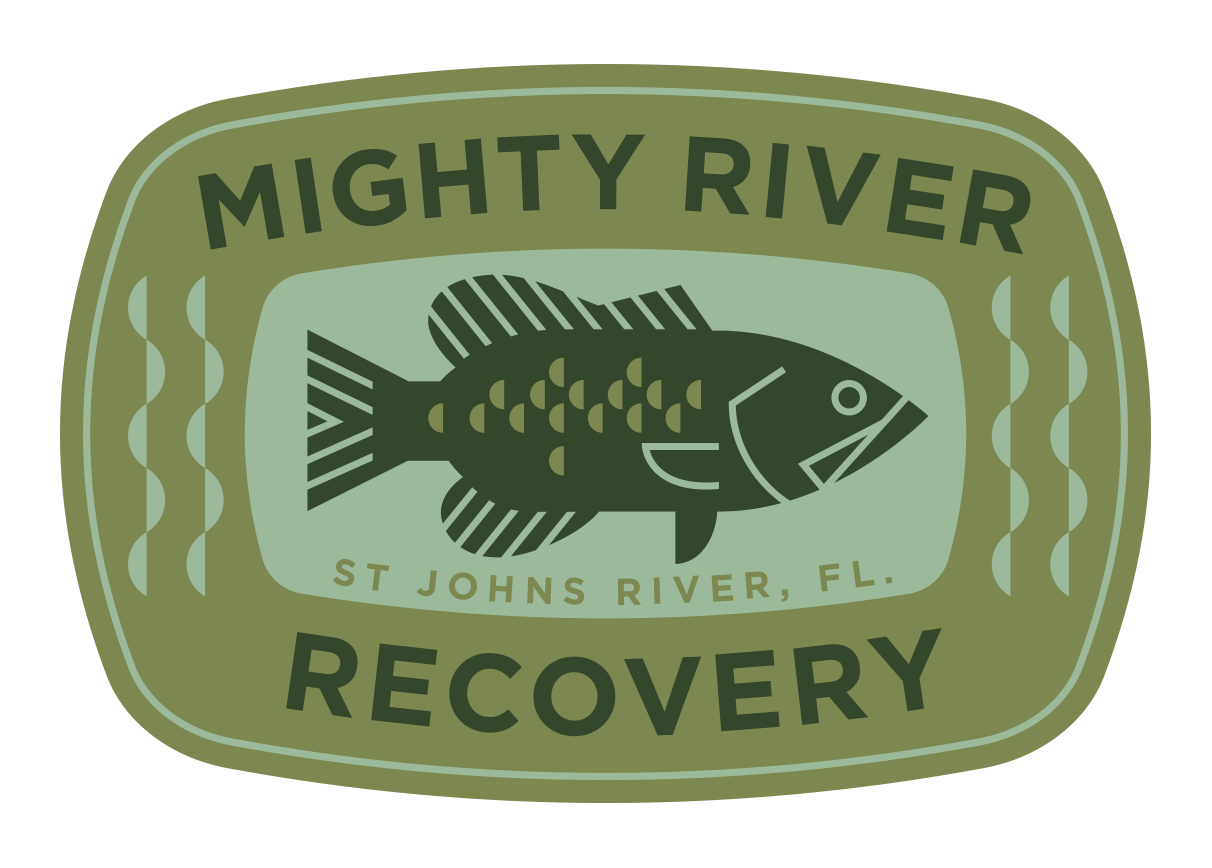The 2025 Lake Apopka Fish Kill
What happened, and how does it affect us?
Concerned citizens across Florida are talking about a recent fish kill that occurred at Lake Apopka, just west of Orlando. Apopka’s legacy of pollution is well-noted. However, reclamation led to changes in the watershed and a slow down of nutrients. Coupled with plantings of native vegetation, the lake was on a rebound.
A lunker bass pulled from heavy hydrilla
An increase in interest gave hope that even compromised systems could make a comeback.
Not surprisingly, hydrilla, an invasive aquatic plant, became established in Lake Apopka during that period. This resulted in an uptick in habitat, leading to a dramatic increase in the lake’s biomass, gamefish populations and waterfowl. Anglers, hunters and birders flocked to Apopka, spending hundreds-of-thousands of dollars in the local economy.
On the downside, hydrilla can run rampant in a lake like Apopka. Control would be necessary to prevent the plant from choking out the system.
In today’s Florida, that control is carried out through herbicides. While other forms of management are available, they have been deemed too costly for state agencies to consider.
So, through a joint effort by the Florida FWC and the St. Johns River Water Management District, the decision was made to perform a full-scale eradication of hydrilla across Lake Apopka.
While control is necessary, eradication of hydrilla in Lake Apopka could potentially lead to massive fall-out and harmful algae blooms.
These organisms - termed cyanobacteria - are responsible for fish kills, respiratory irritation, even human liver failure. Biologists, including state employees, warned managers of the impending threat if a strong-arm chemical approach was used on Lake Apopka.
Lake Apopka: January, 2025
With massive herbicide use and associated nutrient release, fish kills followed
All of this fell on def ears. In late 2024, the entire water-body was chemically-treated for hydrilla. Immediately, the dying plants began releasing nutrients back into the system. Algae blooms occurred. Even more disturbing, the massive amounts of herbicides used to control hydrilla drifted through the system, killing the native plants credited to restoration efforts.
The final outcome: a total loss of fish and wildlife habitat. A disappearance of waterfowl and collapse of the ecosystem, followed by a massive fish kill just a few months later.
Sadly, after millions of tax dollars in restoration attempts, Lake Apopka can now reclaim its spot as a lost resource in Florida.
Oh; all of those tourists boosting the local economy? They disappeared too.
At Mighty River Recovery, we’re using this tragedy as a learning experience. We’re exposing the holes in the plan, so we can fill them and prevent similar disasters in the future. Consider:
1. Nutrient loading in our systems is at a tipping point. We must reduce nutrients but - even more importantly - be willing to do so with cost-effective methods. The best way? Allow plants to grow in our systems. Lakes in Florida historically included robust plant populations, and it’s time we accepted that.
2. Invasive, exotic plants can be incredibly beneficial. These include hydrilla and water hyacinths. Elsewhere in the US, we see proactive management and value attributed to these plants for ecosystem and water quality improvements. Florida’s policy is directly opposite, as protocols exist to eradicate invasive plants at all costs. We see how that turned out…
3. The reasoning behind chemical management - cost - is laughable. While manually controlling hydrilla on a lake like Apopka would be costly, it would be a drop in the bucket compared to other environmental projects in Florida. Consider these 2025 appropriations: $50 million for springs restoration, $80 million for Kissimmee Basin Stormwater and $800 million for Everglades restoration.
4. We’re working against ourselves when using herbicides. Herbicides increase nutrients in the system, leading to harmful algal blooms. This practice blatantly conflicts with state initiates including the DEPs nutrient reduction goals (funded with $50 million more this year… for what?).
It’s not just the plants getting hosed.
Winter vacation?
A foggy morning, surrounded by dead fish.
Mighty River Recovery is working, every day, to bring these issues to light. To gain awareness for the under-represented freshwater resources of Florida, and the enthusiasts who call them home.
Ask yourself, why is there so much attention given to resources like the Everglades, the Indian River Lagoon or the Florida springs? Why is so little attention given to the fall-out of our freshwater lakes and rivers?



